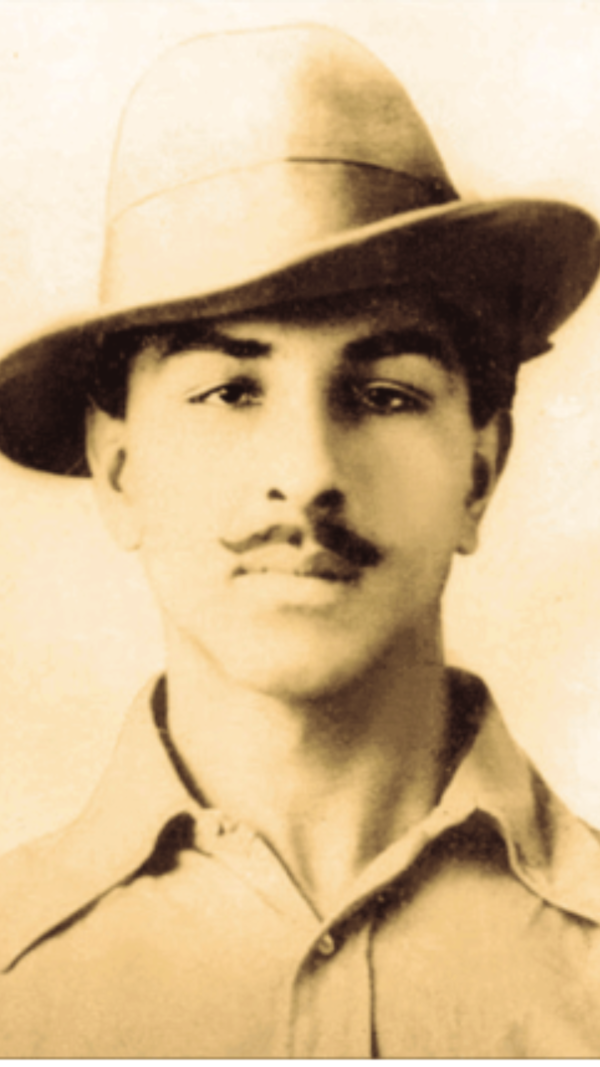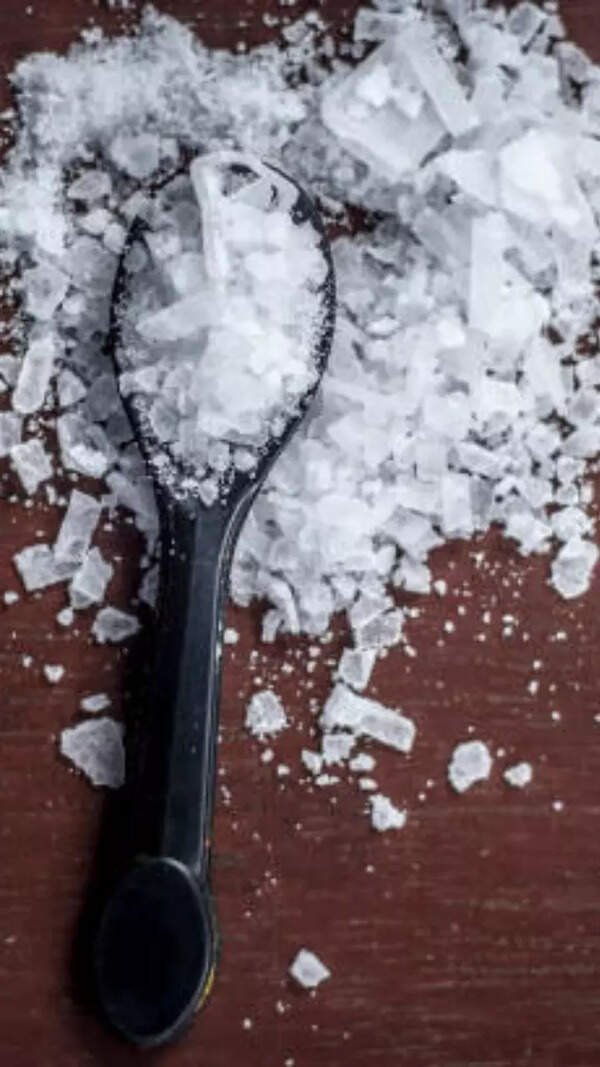Golden State Warriors fans were dealt a crushing blow when Stephen Curry exited just 13 minutes into Game 1 against the Minnesota Timberwolves with a hamstring injury. As the Warriors scrambled to fill the void left by their star guard, the question of Curry’s return got more attention on social media. Here is everything you need to know about hamstring injury and Curry’s potential return timeline.
Golden State Warriors hit with major setback after Stephen Curry’s injury
Stephen Curry’s injury, sustained in the opening minutes, prompted Golden State to rule him out before halftime, setting off alarms about how long he could be sidelined.
His teammate, Jimmy Butler, speaking on TNT after the Timberwolves' win, captured the gravity of the moment. “We want Steph back, I’ll tell you that,” Butler said. “It’s hard playing without that man.” When asked what Game 1 revealed to him, Butler didn’t hesitate: “That Steph is our best player.”
What is a hamstring injury?
A hamstring injury involves strain or tearing in one or more of the large muscles located at the back of the thigh. These muscles are essential for nearly all leg movements— running, squatting, jumping— and therefore bear a lot of stress, especially in high-stakes playoff games.
Hamstring injuries are classified into three grades, each with its own recovery timeline. A Grade 1 injury is considered a mild strain or pull, often involving slight muscle fiber damage. Athletes with this type of strain typically recover within 7 to 10 days, making it the least severe and most manageable. A Grade 2 strain indicates a partial tear of the muscle fibers, leading to more discomfort and limited mobility. Recovery for this level of injury generally takes 3 to 4 weeks, and it usually requires a more structured rehab plan. The most serious, a Grade 3 injury, involves a complete muscle tear. This type of strain often results in several months of recovery time and may require surgical intervention, especially if accompanied by significant swelling, bruising, and an inability to walk properly.
Will Stephen Curry return in the playoffs?
Given the timeline, if Curry’s injury is a Grade 1 strain, he may miss 4–6 games, most of the current series against Minnesota. A Grade 2 could keep him out for nearly a month, potentially sidelining him through the Conference Finals. A Grade 3 would end his postseason entirely.
Hamstring Injury treatments and recovery methods
Depending on the severity of Stephen Curry’s hamstring strain, his road to recovery could follow several possible treatment paths. As per the Cleveland Clinic, for milder cases, the RICE method— Rest, Ice, Compression, and Elevation— is typically recommended during the early phase to reduce inflammation and manage pain. On the other hand, some medical professionals also advocate for the MEAT approach— Movement, Exercise, Analgesia, and Therapy— which focuses on controlled mobility to prevent stiffness and promote healing without aggravating the injury.
Also Read:
Golden State Warriors hit with unfortunate Stephen Curry news in Game 1 against Minnesota TimberwolvesIf the injury falls into a more moderate or severe category, physical therapy becomes crucial. A licensed therapist would create a personalized rehabilitation plan aimed at rebuilding strength, restoring flexibility, and preparing Curry for a safe return to high-intensity play. In the most extreme cases, such as a complete hamstring tear or Grade 3 strain, surgery might be necessary. This option is typically reserved for injuries accompanied by severe pain, significant swelling, or difficulty walking, all of which could sideline an athlete for several months.











